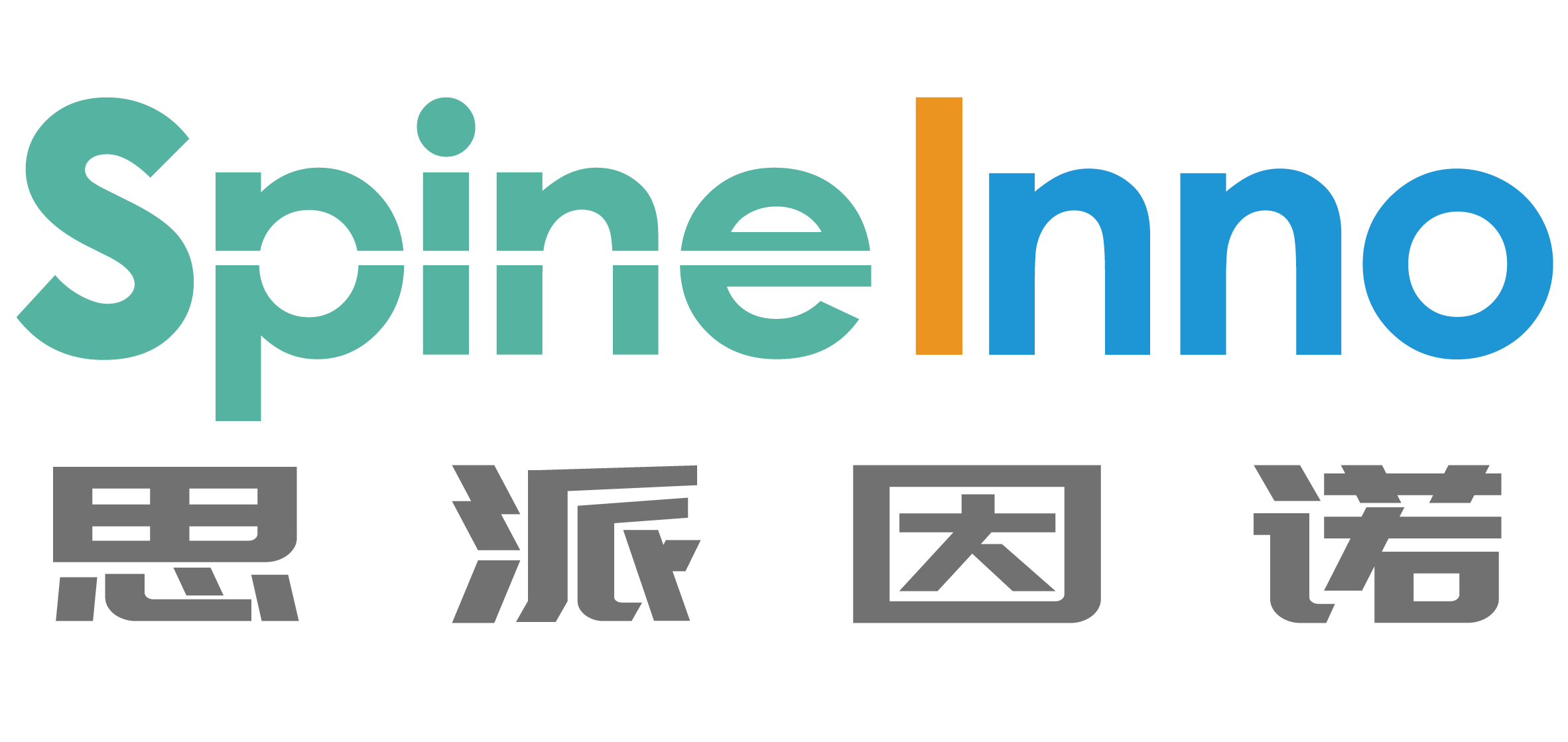How Endoscopic Surgery Tools Works: An Overview of Its Key Components and Working Mechanisms
Endoscopic surgery tools are essential instruments for minimally invasive surgical procedures. They consist of two fundamental components, the endoscope and the surgical instruments. The endoscope is a flexible tube with a powerful light source and a high-definition camera attached to its tip. The surgical instruments are miniature-sized, featuring various specialized tools for cutting, grasping, coagulating, and suturing tissues. Endoscopic surgery tools are renowned for their ergonomic design, ease of use, and precision, thanks to advanced technology.
The endoscope’s camera provides a magnified view of the internal body organs while illuminating them with an intense light source. Surgeons insert the endoscope through a small incision in the patient's body, guided by the camera feed. The high-definition camera enhances the surgeon's visualization, allowing them to perform intricate procedures without causing massive tissue damage. The endoscope consists of several components, including the camera head, the insertion tube, the control body, the light source, and the monitor.
The surgical instruments that complement the endoscope comprises a variety of devices, including scissors, graspers, forceps, retractors, dissectors, needle holders, and others. They allow for precision and range of motion necessary for successful microsurgery. The tool's design includes specialized grips, angles, and shapes that allow pinpoint accuracy while minimizing the risk of damage to healthy tissue. In some cases, endoscopic surgical tools may be robotic or computer-assisted, with the surgeon's hands moving the device's controls.
Advanced technology is vital in the efficient production processes of endoscopic surgery tools. It enables manufacturers to incorporate improved features and functionality while reducing production and operation costs. The technology also enhances the overall safety of the procedure, minimizing the risk of complications and postoperative infections. An example of advanced technology in endoscopic surgery tools is electric current application, which allows for better, more controlled coagulation and tissue cutting. The technology also streamlines the assembly lines in manufacturing factories, improving product consistency and quality.
In conclusion, endoscopic surgery tools represent an essential innovation in modern-day surgery, allowing for minimally invasive surgical procedures, lessened pain, and quicker recovery times in patients. Their ergonomic design, advanced technology, and precision provide surgeons with a range of benefits that traditional surgery tools cannot offer. If you desire to know more about endoscopic surgery tools and their applications, do not hesitate to contact us or our suppliers.
Contact us: inquiries@endoscopicsurgerytools.com
Suppliers: sales@endoscopicsurgerytools.com
